
Did you know there is a baobab forest near Eden Lodge, in Nosy Be?
This forest is an integral part of the experience offered by Eden Lodge, a luxury eco-lodge nestled on Baobab Beach, in the heart of a protected nature reserve not far from Nosy Be.
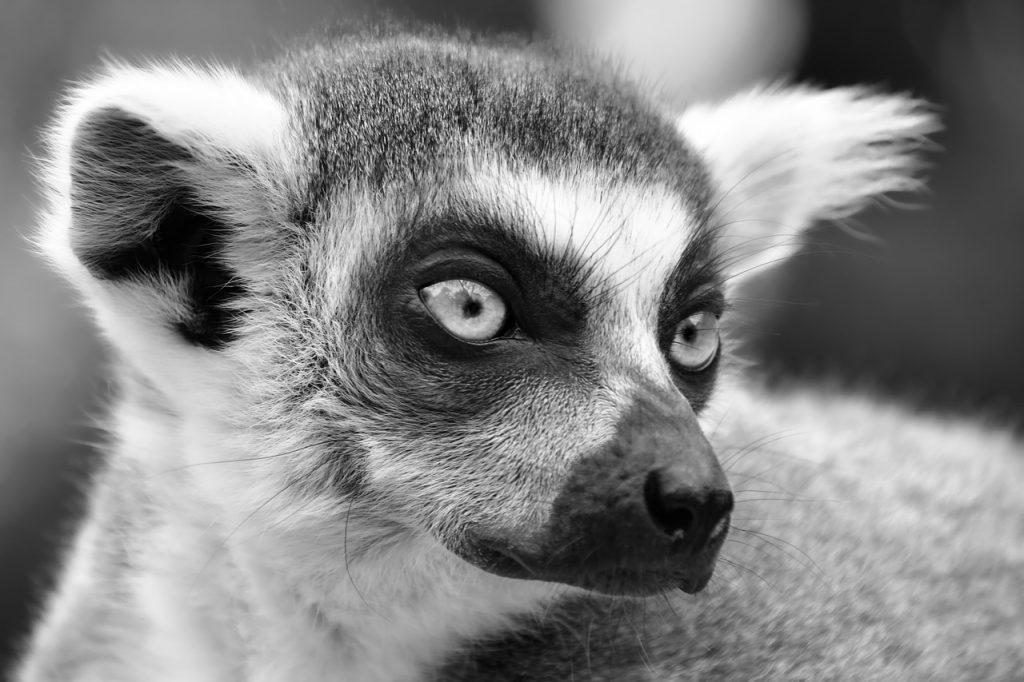

This forest is an integral part of the experience offered by Eden Lodge, a luxury eco-lodge nestled on Baobab Beach, in the heart of a protected nature reserve not far from Nosy Be.
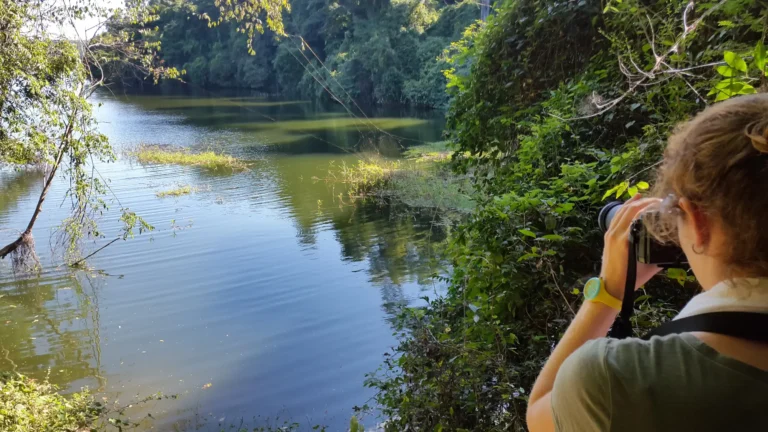
Madagascar currently has between 20 and 21 wetlands classified as Ramsar Sites, recognized worldwide for their importance in biodiversity conservation and ecosystem services. These areas include diverse habitats such as lakes, mangroves, marshes, coral reefs, and humid forests. They shelter wildlife and plant species that are often endemic and threatened, making these sites valuable ecosystems for the island.
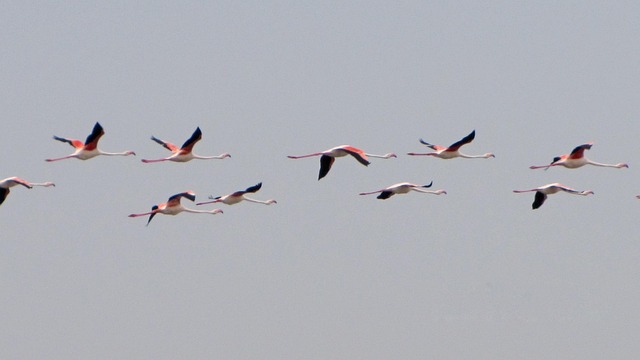
The Mahavavy Kinkony Complex covers approximately 300,000 hectares in northwestern Madagascar, within the Boeny region, Mitsinjo district. It is named after the Mahavavy River and Lake Kinkony, the second-largest lake in the country. This protected area is known for the richness and diversity of its ecosystems, combining dry forests, mangroves, inland and marine wetlands, palm savannas, and vast lake expanses.
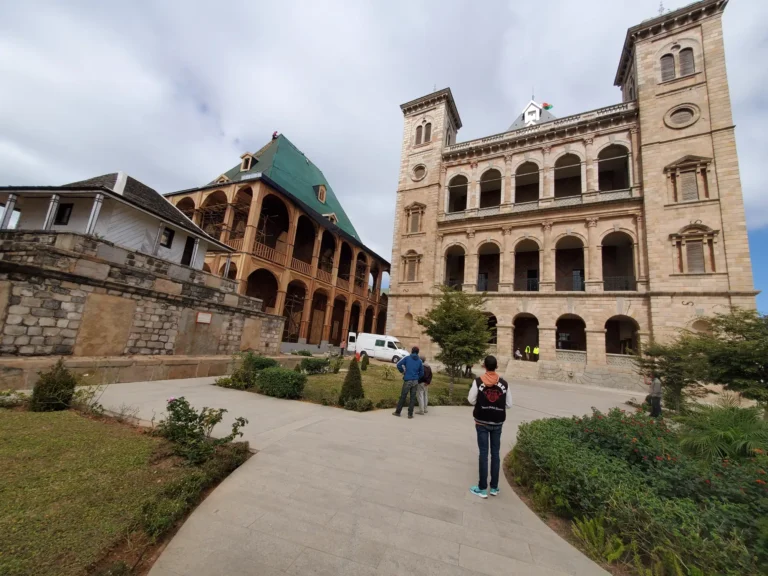
Rova are ancient fortified royal complexes built mainly in the central highlands of Madagascar by the Merina people, particularly by the noble class known as the Andriana. Originally, the term rova referred to a pointed wooden palisade surrounding the residence of a king or a high-ranking official.

Outside Antananarivo, there is a wide variety of accommodation options to suit all types of travelers, whether you're looking for adventure, relaxation, or comfort. It’s important to note that accommodations with European-level standards are still relatively rare in Madagascar. During the high season, the best places are often fully booked, and travelers may need to adapt to simpler comforts.
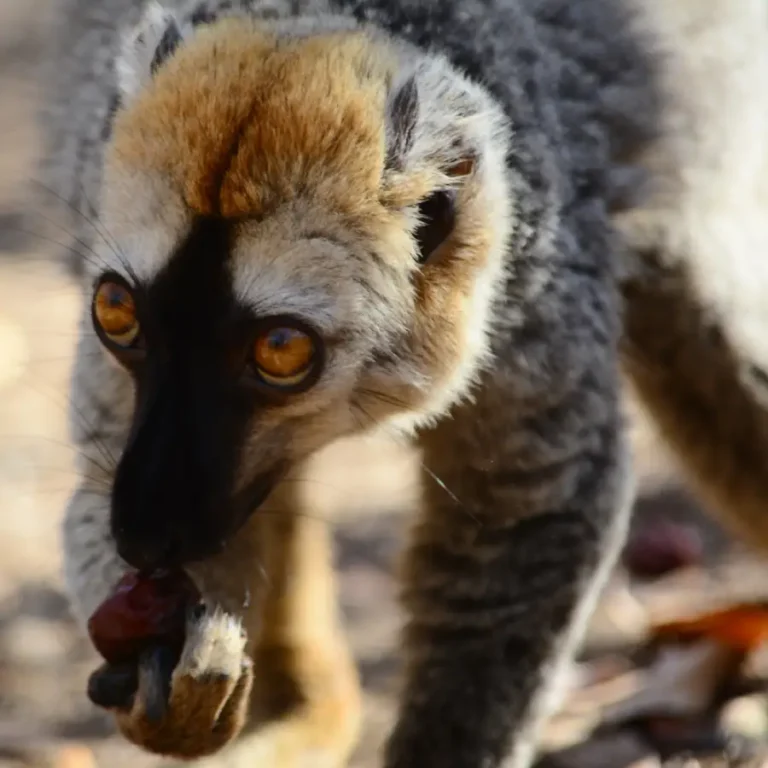
In the remote eastern part of Madagascar, on the edge of the highlands and the humid rainforest, sits a natural park still largely unknown to the general public: Marolambo National Park. It is an extraordinary destination, reserved for those who want to venture off the beaten path and immerse themselves in a raw, untouched nature of unparalleled biological richness.
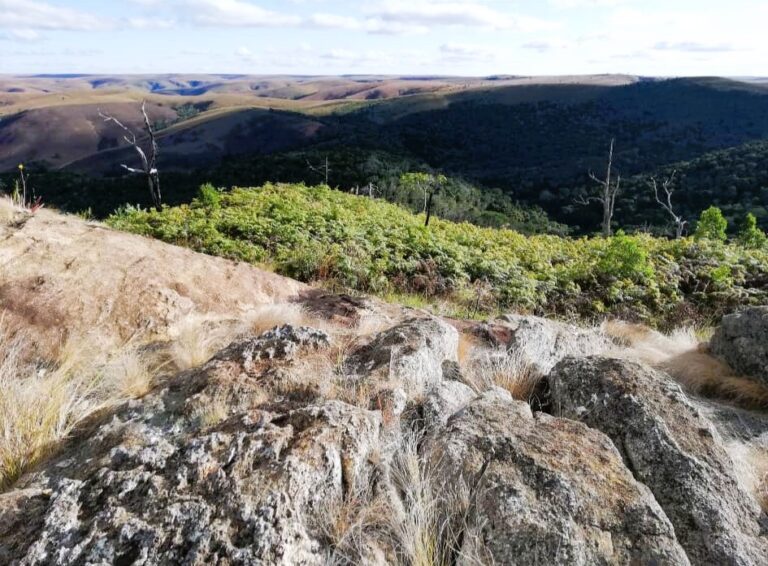
Ambohitantely National Park, officially known as the Ambohitantely Special Reserve, is an ideal stop for nature lovers traveling toward Ankarafantsika. Located about 140 km northwest of Antananarivo, in the Ankazobe district (Analamanga region), it protects one of the last remaining fragments of primary forest on Madagascar’s central highlands. In fact, it is the only protected area in the entire region.

In the central southern highlands of Madagascar, particularly in Fianarantsoa, Ambositra, and Antsirabe, lanonana mark the major highlights of the social and cultural life of the Betsileo people – and occasionally, of some Merina as well. These traditional ceremonies, usually held between July and October, take place in villages often far from the big cities. Weddings, famadihana (reburial or turning of the bones), baptisms, funerals, or rites of passage : each event is a time to bring entire families together, sometimes traveling great distances, to celebrate life, honor ancestors, and strengthen community bonds.
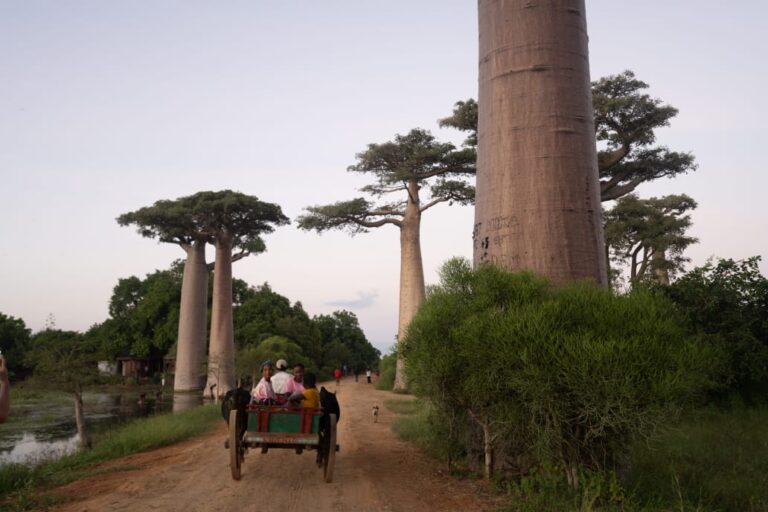
Between the Central Highlands and the western coast, Madagascar’s Middle West presents a concentrated mix of nature, culture, and…
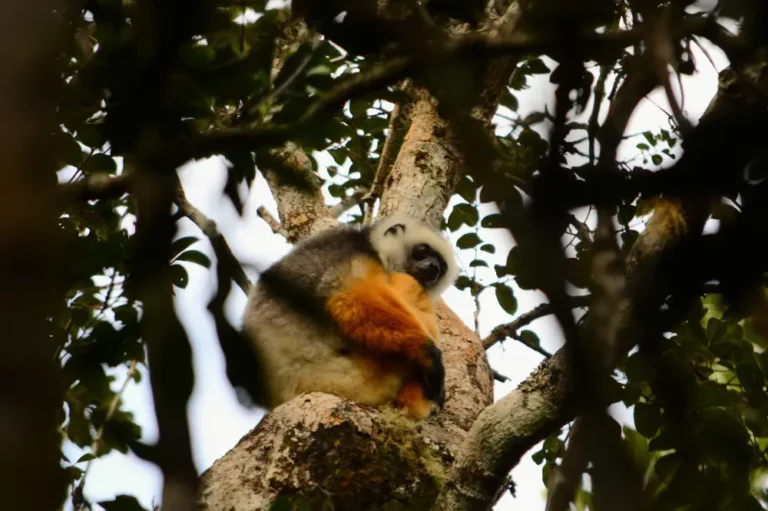
Zahamena National Park, located in eastern Madagascar, is a vast protected area listed as a UNESCO World Natural Heritage site. It lies about 50 kilometers northwest of Toamasina, near Lake Alaotra, at the border of the Alaotra-Mangoro, Analanjirofo, and Atsinanana regions. In its eastern section, the Zahamena forest covers approximately 24,398 hectares. It is a dense, humid, evergreen rainforest, structured in multiple vegetative layers, with some emergent species rising over 30 meters in height. More than 700 plant species have been recorded here, 90% of which are endemic.